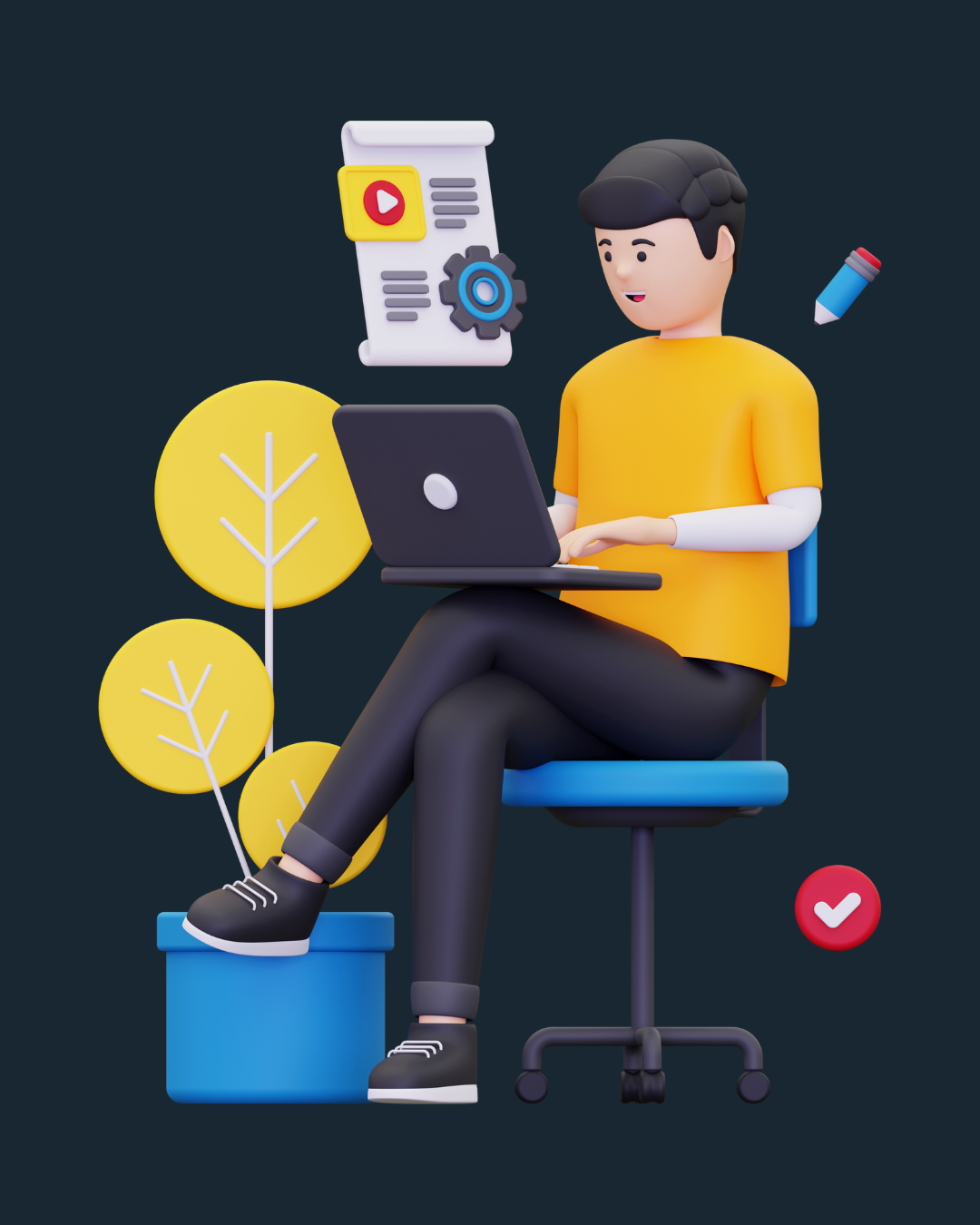Shopify Blog Image Sizes (2025): Everything You Need to Know for Perfect Visuals

Shopify Blog Image Sizes (2025): Everything You Need to Know for Perfect Visuals
In 2025, the ideal Shopify blog image size for most posts is 1200 x 800 pixels with a 3:2 aspect ratio. Using properly optimized images ensures your blog loads quickly, looks great, and ranks higher in search results. Here's what you need to know:
- Formats: Use JPEG for photos, PNG for graphics with transparency, and GIFs for animations.
- Compression: Tools like TinyPNG help reduce file sizes without losing quality.
- Aspect Ratios: Stick to 3:2 for standard posts, 16:9 for hero sections, 1:1 for thumbnails, and 3:1 for banners.
- SEO: Use descriptive file names (e.g., "blue-denim-jacket.jpg") and clear alt text (e.g., "Navy blue denim jacket for men") to improve accessibility and rankings.
- Performance: Implement lazy loading and responsive image code to enhance loading speed on all devices.
Quick Reference Table
| Blog Section | Recommended Size | Aspect Ratio |
|---|---|---|
| Main Content | 1200 x 800 px | 3:2 |
| Background | 1920 x 1080 px | 16:9 |
| Website Banner | 1800 x 600 px | 3:1 |
| Thumbnail | 400 x 400 px | 1:1 |
Optimizing your images with these sizes and techniques will help you create a visually appealing and fast-loading Shopify blog that keeps users engaged.
Shopify Blog Image Size Standards
Basic Image Requirements
Stick to JPEG, PNG, or GIF formats, and ensure the shortest side of your images is at least 800 pixels. This helps keep your visuals sharp and quick to load across all devices. Compress file sizes to maintain fast loading speeds.
Blog Post Image Sizes
For Shopify blog posts, the ideal image size is 1200 x 800 pixels. This size offers a good balance between quality and performance with a 3:2 aspect ratio.
Here’s a breakdown of recommended sizes for different blog sections:
| Blog Section | Recommended Size | Aspect Ratio |
|---|---|---|
| Main Content | 1200 x 800 px | 3:2 |
| Background | 1920 x 1080 px | 16:9 |
| Website Banner | 1800 x 600 px | 3:1 |
| Thumbnail | 400 x 400 px | 1:1 |
Featured Image Dimensions
For featured images, use 1200 x 800 pixels with a 3:2 aspect ratio. Sticking to these dimensions ensures your visuals appear consistent and polished throughout your blog.
Image Aspect Ratios
Here are the aspect ratios to follow for various blog sections:
- Standard Blog Posts: 3:2
- Hero Sections: 16:9
- Sidebar Images: 1:1
- Banner Images: 3:1
Keeping the correct aspect ratios is key to ensuring your images display neatly and professionally, even when Shopify adjusts them for different screen sizes.
Shopify Images Tutorial for Speed & SEO
Image Performance Optimization
Optimizing image performance is key to creating fast and engaging Shopify blogs. Beyond selecting proper dimensions, it’s important to use techniques that improve loading times while maintaining visual appeal.
File Format Selection
Choosing the right image format can greatly impact both quality and speed. Here’s a quick guide:
- JPEG/JPG: Best for photos or detailed images with many colors. These formats offer high quality at smaller file sizes, making them ideal for product and lifestyle images.
- PNG: Great for graphics, logos, or images requiring transparency. While PNG files are larger, they ensure sharp visuals and support transparent backgrounds.
- GIF: Use this format only for animated content. Shopify automatically compresses GIFs to 256 colors, keeping file sizes manageable.
Once you’ve selected the right format, the next step is compressing these images without losing their quality.
Image Compression Methods
Here’s how to compress your blog images effectively:
- Resize images: Use tools like GIMP to adjust image dimensions before uploading.
- Compress files: Tools like TinyPNG are excellent for reducing file sizes of both PNG and JPEG images while maintaining visual integrity.
Lazy Loading Setup
Even after compressing images, you can further improve performance by implementing lazy loading. This method ensures that images only load when a user scrolls to them, saving bandwidth and speeding up initial page load times.
- Prioritize featured images: Load key images immediately and defer others. Use low-resolution placeholders (about 10% of the original size) to maintain the layout while images load.
- Progressive loading: Display a low-quality placeholder that sharpens as the full image loads, creating a smoother user experience.
These steps help ensure your Shopify blog is visually appealing without compromising on speed.
Image SEO Guidelines
Once you've optimized image performance, focus on SEO settings to boost search visibility and make your content more accessible.
Optimizing images for search engines plays a key role in improving your Shopify blog's rankings and user experience. Well-optimized images not only enhance the visual appeal but also help search engines understand your content better.
Image File Names
Use clear and descriptive file names that reflect the content of your images. Here’s how:
- Use keywords that describe the product or content.
- Separate words with hyphens (e.g., "blue-denim-jacket-2025.jpg").
- Keep file names short and to the point.
- Avoid spaces or special characters.
For instance, instead of naming a file "IMG_12345.jpg", go for something like "womens-spring-collection-dress.jpg." This provides search engines with a clear idea of the image's subject.
Alt Text Guidelines
Alt text is essential for making your content accessible to visually impaired users while also helping search engines interpret your images.
Tips for writing effective alt text:
- Be specific and describe the image clearly.
- Naturally incorporate relevant keywords.
- Keep it under 125 characters.
- Avoid overloading with keywords.
- Mention product details if applicable.
Bad example: "dress"
Good example: "Floral midi dress with ruched sleeves in navy blue."
Image Caption Tips
Captions can enhance user engagement while adding context for both readers and search engines. Thoughtful captions can:
- Highlight important product features.
- Add extra details about the image.
- Improve overall readability.
- Contribute to SEO efforts.
When writing captions:
- Keep them short but informative.
- Use keywords naturally without forcing them.
- Offer extra context beyond what the image shows.
- Maintain consistent styling across your blog.
For example: "The Coastal Collection midi dress is made from sustainable cotton and features adjustable waist ties, making it a perfect addition to spring wardrobes."
Technical Image Setup
Responsive Image Code
Here's how to set up responsive images that look great on any device:
{% assign img_url = article.image | img_url: '1200x800', scale: 2 %}
<img
src="{{ img_url }}"
srcset="{{ article.image | img_url: '360x240' }} 360w,
{{ article.image | img_url: '720x480' }} 720w,
{{ article.image | img_url: '1200x800' }} 1200w"
sizes="(max-width: 360px) 360px,
(max-width: 720px) 720px,
1200px"
alt="{{ article.title }}"
loading="lazy"
>
This snippet ensures your images adjust automatically for the best quality on any screen size.
Liquid Image Sizing

To achieve consistent visuals, it’s important to understand how intrinsic and rendered sizes work. Shopify's Liquid templating language makes dynamic image sizing straightforward.
| Image Type | Desktop Size | Mobile Size | Purpose |
|---|---|---|---|
| Blog Image | 1200 x 800px | 360 x 240px | Article content |
| Hero Image | 1280 x 720px | 360 x 640px | Featured header |
For custom sizing, you can use Liquid filters like this:
{{ image | img_url: 'master', crop: 'center', scale: 2 }}
This approach keeps the image quality intact while ensuring it displays perfectly. Use this method for key visuals like headers to grab attention right away.
Header Image Setup
Set up header images with these resolutions:
- Desktop: 1280 x 720 pixels (16:9 aspect ratio)
- Mobile: 360 x 640 pixels
Here’s the Liquid code for implementing a header image:
{% if article.image %}
<div class="article-header">
{{ article.image | img_url: '1280x720', crop: 'center' | img_tag: article.title }}
</div>
{% endif %}
"Over 80% of shoppers rely on pictures before making a purchase"
Conclusion
Optimizing Shopify blog images can significantly improve conversion rates and overall store performance. With more than 80% of shoppers relying on visuals before making a purchase getting your image sizes and optimization right is crucial.
For best results, use the standard size of 1200 x 800 px (3:2). Keep in mind that the image you upload (its intrinsic size) may be displayed differently (its rendered size) depending on your theme. Balancing high-resolution source files with optimized display ensures your store looks polished on any device.
Effective image optimization hinges on three factors: selecting the right format (JPG for photos, PNG for graphics with transparency), applying proper compression, and adopting responsive image techniques. These steps ensure your blog loads quickly, looks great, and keeps visitors engaged.





![Blog Meta Titles: The SEO Guide for Shopify Success [2025]](https://cdn.chakril.com/blog/images/fa82e0c0-ec59-4260-868e-56871a75bd8a.png)